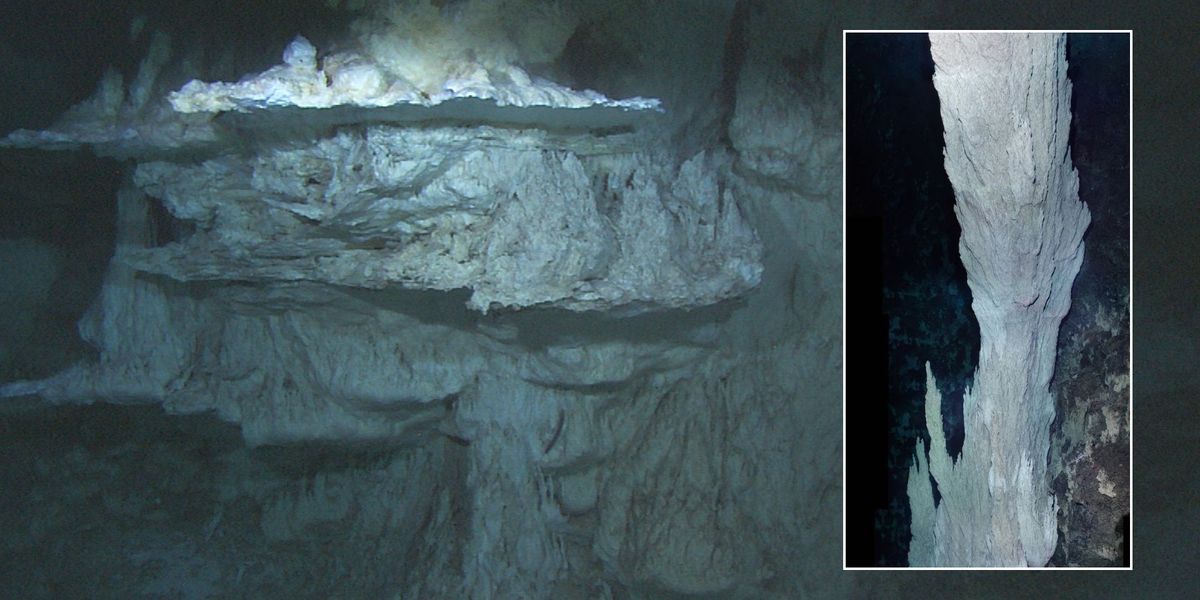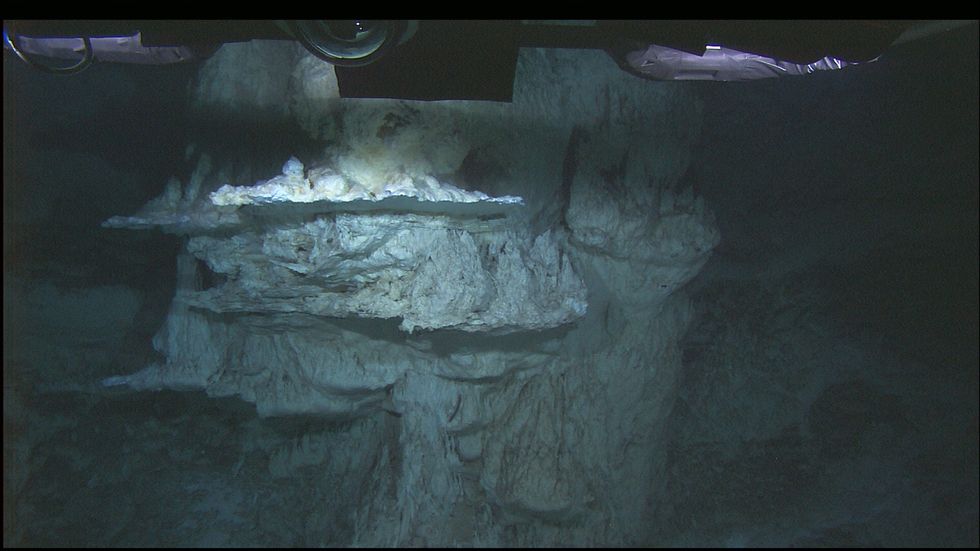



Researchers have uncovered a "lost city" in the Atlantic Ocean that could unlock the secrets of life's emergence on our planet.
The Lost City Hydrothermal Field, an ancient system of mineral formations, has captivated scientists who suggest its harsh environment reflects conditions on primitive Earth.
This remarkable site sits over 700 metres below the ocean's surface, positioned along the flanks of a submerged mountain within the Mid-Atlantic Ridge.
It represents a significant scientific milestone, as experts believe the field's unique characteristics could illuminate how the earliest organisms developed from inanimate materials.

The Lost City Hydrothermal Field is an ancient system of mineral formations
Wikimedia Commons
The Mid-Atlantic Ridge forms an enormous submerged mountain chain traversing the Atlantic, marking where tectonic plates meet amid intense geological forces.
Scientists have determined the Lost City has endured for more than 120,000 years, establishing it as the most enduring hydrothermal vent system documented.
The field consists of colossal carbonate rock formations, with certain structures reaching heights of approximately 60 metres, created through serpentinisation - a distinctive geological process involving seawater reacting with mantle rock far beneath the ocean floor.
Situated west of the Mid-Atlantic Ridge's central axis, near the Azores islands, the site's remote location has shielded it from human interference across millennia.
The site generates methane and hydrogen through these processes, sustaining microbial organisms that thrive in the absence of sunlight or oxygen - a phenomenon seldom observed on our planet.
Individual hydrothermal vents bearing names such as IMAX, Poseidon, Seeps and Nature discharge warm, alkaline solutions, establishing favourable conditions for organisms in this hostile setting.
The Lost City derives its energy from chemical processes within Earth's mantle rather than volcanic activity, distinguishing it from conventional hydrothermal systems.
Temperatures within the imposing chimneys reach 90C, sufficient to drive chemical processes that generate hydrocarbons - fundamental organic molecules composed of carbon and hydrogen.

The field consists of colossal carbonate rock formations
Washington University
These hydrocarbons emerge from profound geological reactions rather than photosynthesis or solar energy, presenting an alternative pathway for life's genesis.
Microorganisms within the chimneys exist in complete darkness without oxygen, subsisting solely on methane and hydrogen.
The structures' external surfaces host uncommon creatures, including shrimp, snails, sea urchins and eels that attach to the mineral-laden formations.
Microbiologist William Brazelton told Smithsonian Magazine: "This is an example of a type of ecosystem that could be active on Enceladus or Europa right this second."
